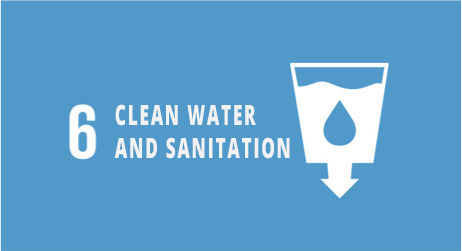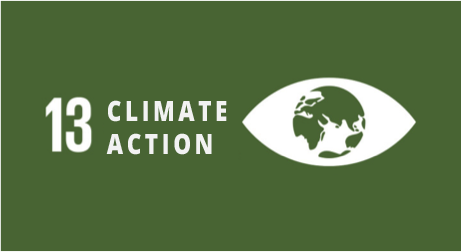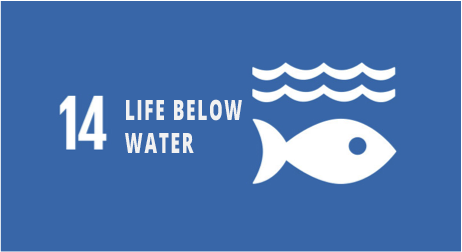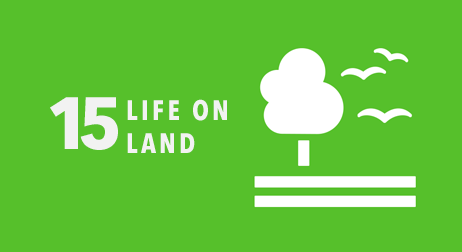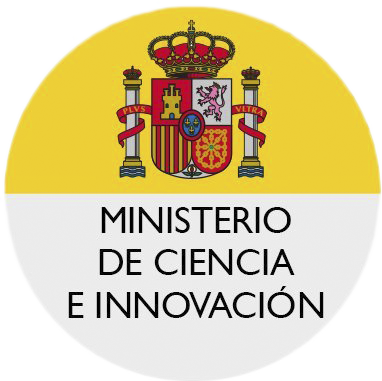Non forced multi‐compartment exposure system
Visiting Researchers will come to Spain (Mission) during a period of 30 days to participate in a specific study currently performed by the host group.
Tasks
1. Development of a new larger scale exposure system (mesocosm) to be used in the experiments by the participants.
2. Performing of the experiments in the multi‐compartmented systems (mesocosms and HeMHAS) for testing the following concepts: avoidance, preference, colonization and habitat selection responses.
3.Discussion about the importance of multi‐compartmentalization of the exposure systems: ecological relevance and conceptual advances linked to the use of this new methodology.
The 2030 Agenda for Sustainable Development, which was launched in 2015 by all United Nations Member States, establishes goals to improve the quality of life, searching for solutions for poverty, inequality and global changes in all the developed and developing countries.

To develop that improvement, 17 Sustainable Development Goals (SDGs) have been created including the most diverse (economic, social and environmental) areas in which actions may be taken. The participation of countries with different development levels [Least Developed (Bangladesh), Lower Middle Income (Morocco and Tunisia), and Upper Middle Income countries (Brazil and Costa Rica)] meets an important requisite of the Sustainable Development to meet the SDGs that consists in a mutual/global partnership.
The approach employed in the current project is related to:
- The water quality of freshwater and marine ecosystems (how toxic is it?)
- The contamination‐driven biodiversity distribution (how does contamination affect the displacement of organisms?)
- The resilience of the ecosystem in a global changing world (how do the ecosystems resist global change?)
Therefore, to some extent, the project’s present goals are linked to four SDGs:
- #6 (Clean water and sanitation)
- #13 (Climate action)
- #14 (Life below water)
- #15 (Life on land)




